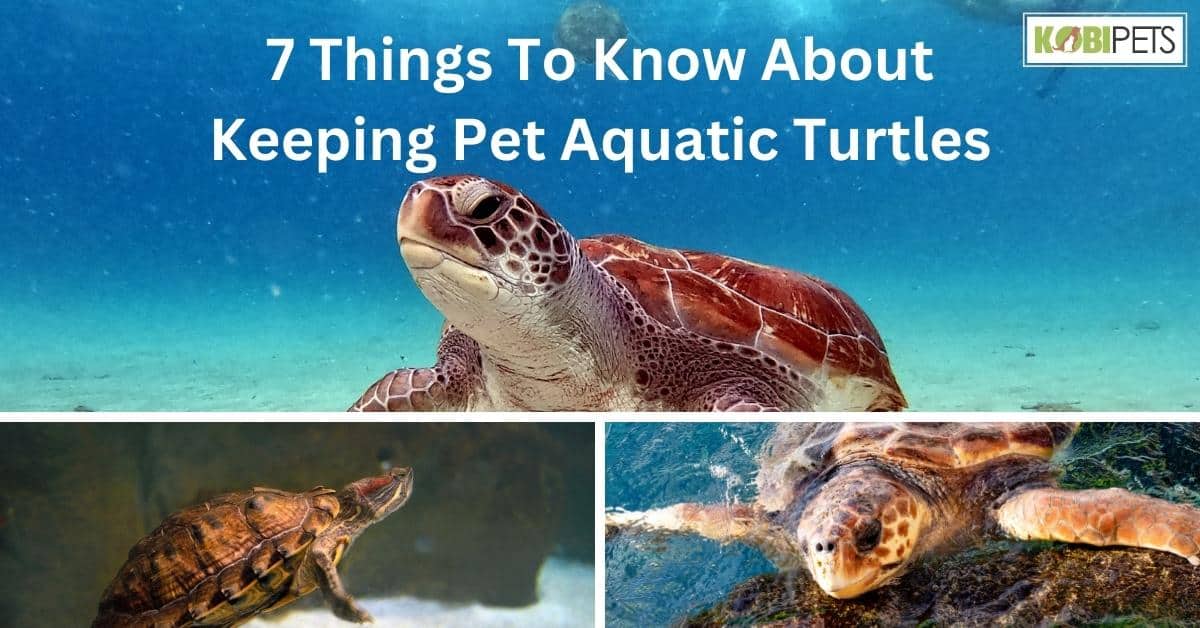
Are you looking to adopt an aquatic turtle as a pet? There are a few important things you should know before taking on this responsibility. From tank size and filtration to diet and UVB lighting, there is much to consider when caring for pet aquatic turtles.
In this blog, we’ll cover the 7 essential things to know about keeping pet aquatic turtles happy and healthy. Read on to learn more!
1. Aquatic turtles need a large tank or pond
Aquatic turtles make dynamic and entertaining pets, but they require special attention and care. Keeping your pond or tank properly set up ensures that their environment is both safe and comfortable.
Since aquatic turtles need ample space to swim around, a tank of at least 40 gallons is recommended for a single turtle. If you plan on keeping multiple turtles in the same enclosure, make sure to provide an additional 10 gallons of water for each extra turtle. Additionally, the water should be filtered with an aquarium or pond filter to keep it clear and free of toxins.
Lastly, always have the temperature correctly set for your turtle’s well-being; this may require an aquatic thermometer as well as some kind of heating apparatus depending on the breed. All these considerations help ensure that your aquatic turtle will enjoy a well-rounded home.
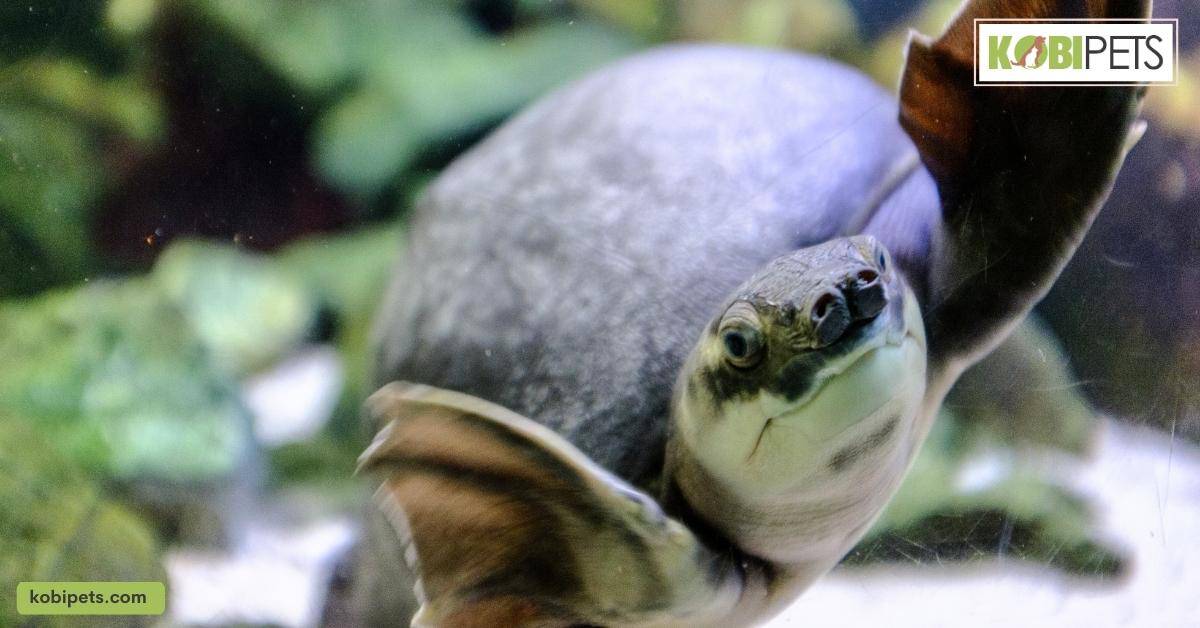
2. Provide a basking area
For aquatic reptiles like turtles, a basking area is essential to their overall health and well-being. These areas offer warm, dry spots where the reptile can sunbathe and safely bask in UVA and UVB lighting which plays an important role in keeping their bones and other body systems healthy.
Furthermore, it provides them with an area to rest as well as prevents stress by mimicking natural habitats. Basking areas need to be carefully maintained; the temperature should not exceed 85-90°F ( 30-32°C) and should be monitored regularly to keep turtles happy and healthy.
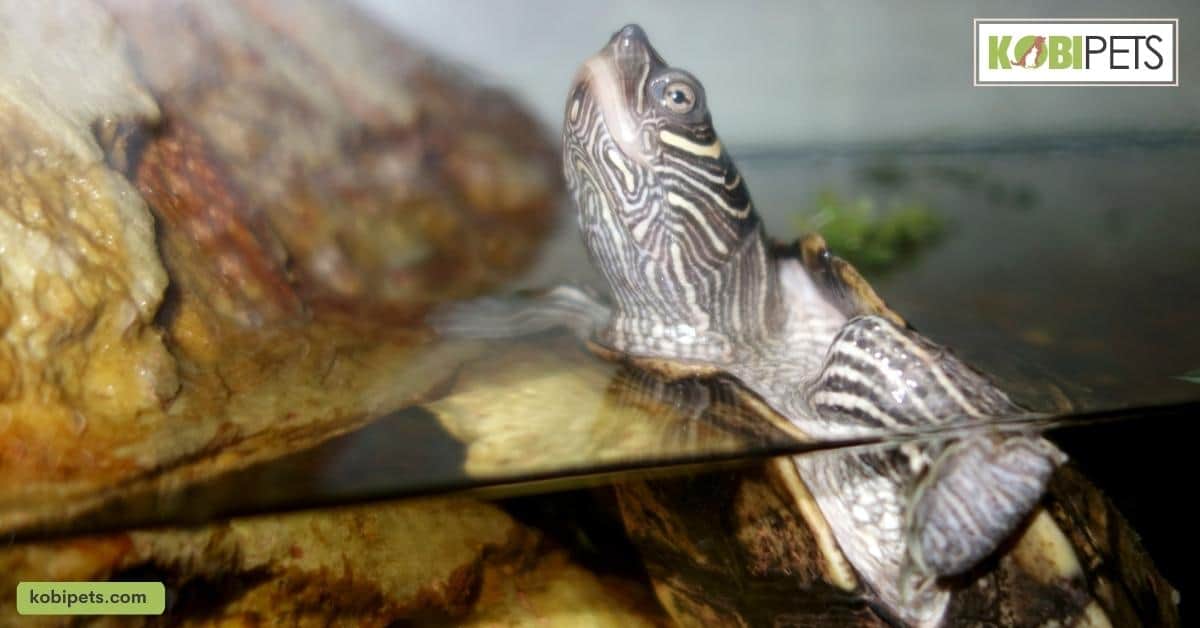
3. Use a good filtration system
Investing in a good filtration system for your home is an important step for maintaining clean, healthy air throughout your living space. The type of filtration system you choose matters, as some are designed to target specific pollutants like smoke or dust, while others offer more comprehensive protection against a wide range of airborne particles.
When selecting a filtration system, it’s important to consider the size and layout of the room you plan to use it in, so that its purifying capabilities are tailored to your individual needs. With a quality filtration system in place, you can be confident that what you breathe inside your home is as safe and clean as possible.
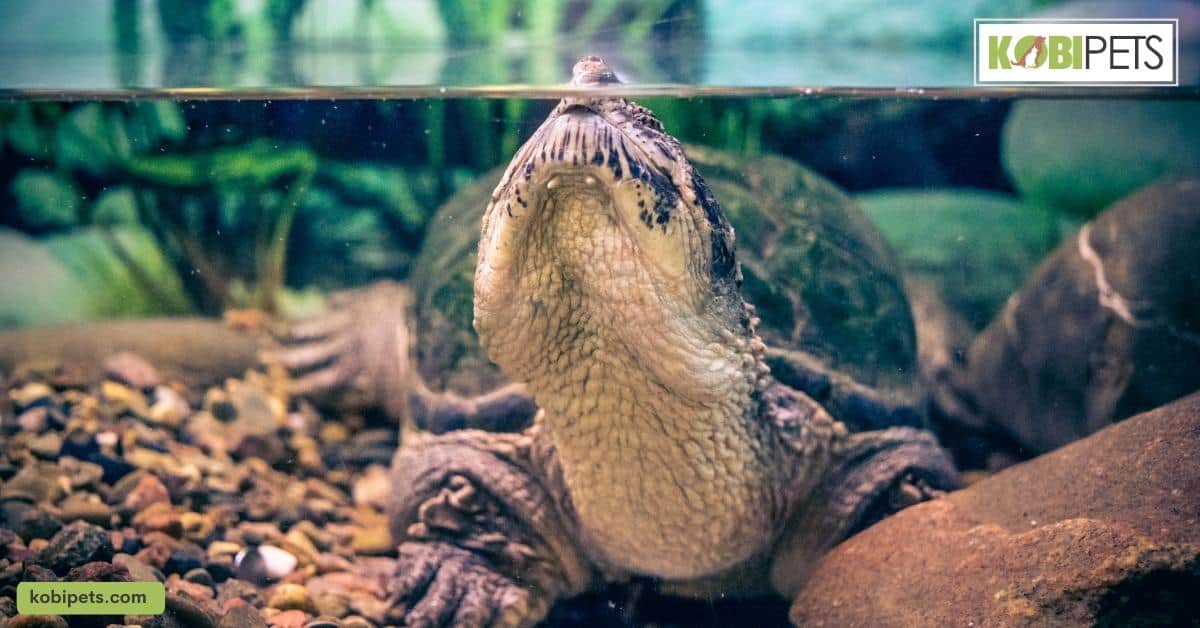
4. Keep the water temperature warm
Keeping the water temperature warm is an important part of water safety. When swimming in cold water, the body’s core temperature can drop too low to properly function, leading to hypothermia and even total loss of consciousness.
Maintaining a warm temperature, between 77-81°F, is typically comfortable enough for swimmers while reducing the risk of hypothermia. Hot tubs are ideal for maintaining a constant safe temperature as heaters are built into the system.
However, if you do not have access to one it is recommended to take frequent warm-water breaks. Wrapping up in a towel and drinking hot liquids like tea or soup also helps fend off cold temperatures and maintain safe conditions for swimming.
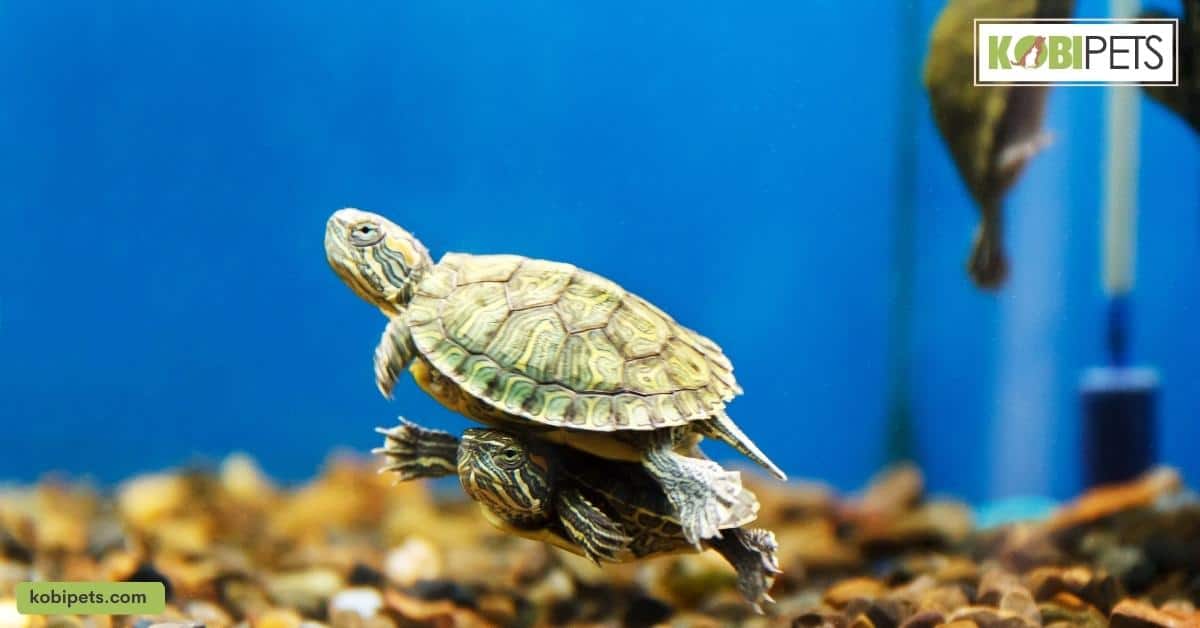
5. Feed them a varied diet
A varied diet is important for any creature, as consuming a variety of food sources provides essential nutrients and minerals for healthy development. Animals are no exception; a balanced diet can mean the difference between optimal health and increased susceptibility to disease.
Be mindful of your pet’s nutritional needs and aim to provide as diverse a selection of edibles as possible. The type of food should be tailored to the species, with some requiring meat protein whereas others may benefit from primarily vegetable-based meals.
It is also recommended to serve smaller, more frequent meals rather than larger ones infrequently throughout the day—this way, mealtime can become an enjoyable experience for both you and your pet!
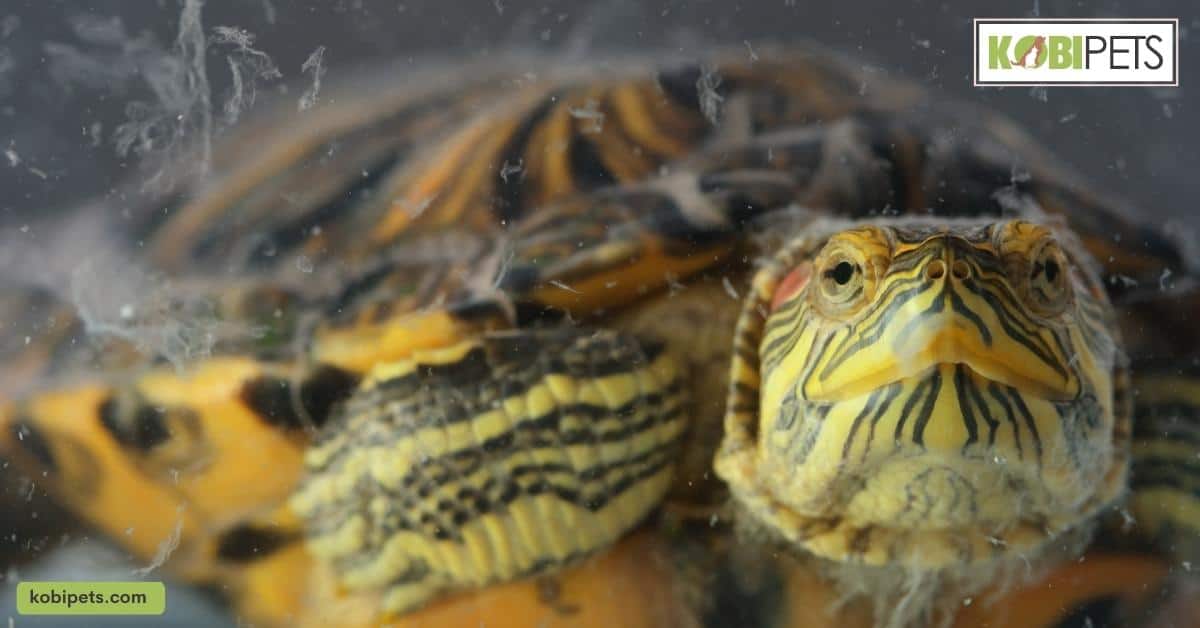
6. Provide UVB lighting
Providing ultraviolet (UVB) lighting is important for healthy and happy lizards, reptiles, and amphibians. UVB lighting helps these animals to make vitamin D3, a process called “photobiosynthesis”. Vitamin D3 is essential for their metabolism of calcium which helps them maintain strong bones.
Although they can still photosynthesize through natural sunlight, most reptile cages are inside and glass windows or tanks can filter out some of the important UVB rays. To make sure your pet gets the necessary UVB exposure from your lamps, you’ll need to check the recommendations from the manufacturer to ensure it’s optimized to provide enough light.
Without UV lighting, your beloved reptile or amphibian may develop a number of health problems so make sure to provide them with this important source of light.
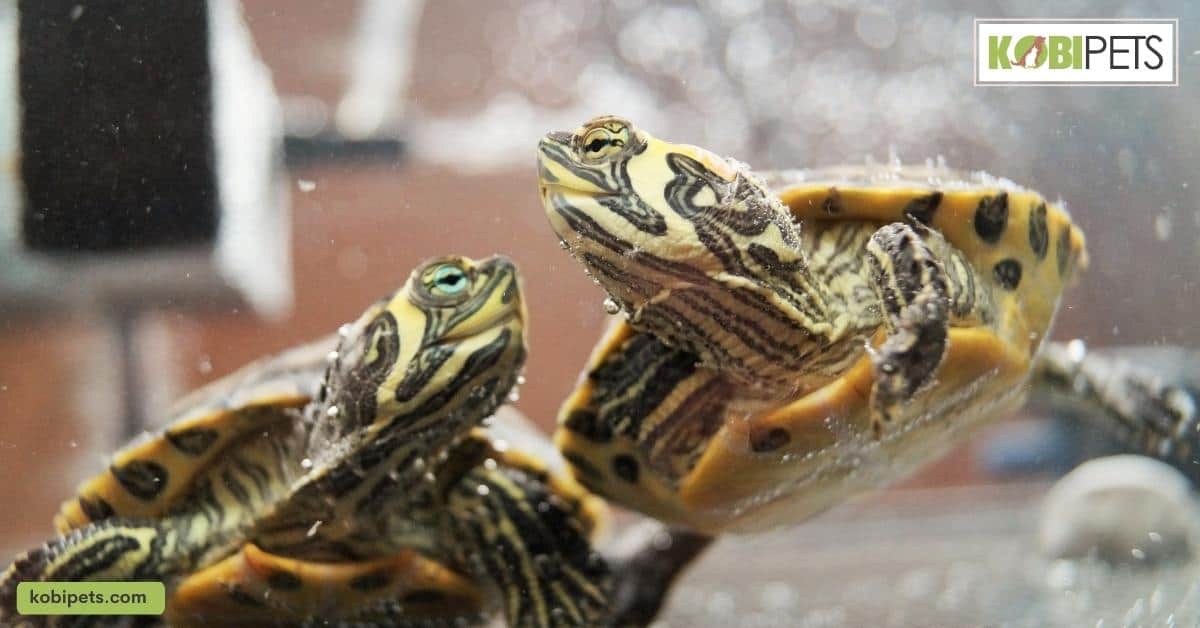
7. Regular veterinary check-ups
Regular veterinary check-ups help ensure the long-term health of our furry family members. They provide a chance for your veterinarian to assess for any underlying issues, even if your pet appears to be healthy.
Early detection is often key in successfully treating medical conditions, ensuring that your pet can remain an active part of the family for many years to come. The vet can also answer any questions you may have about diet, disease risks, and how to properly care for your pet at home.
Additionally, regular check-ups are essential for staying up to date on vaccinations and other preventive medications such as heartworm and flea treatments. A good veterinarian will become familiar with your pet’s likes and dislikes, creating a relationship so both pets and owners feel comfortable during visits.
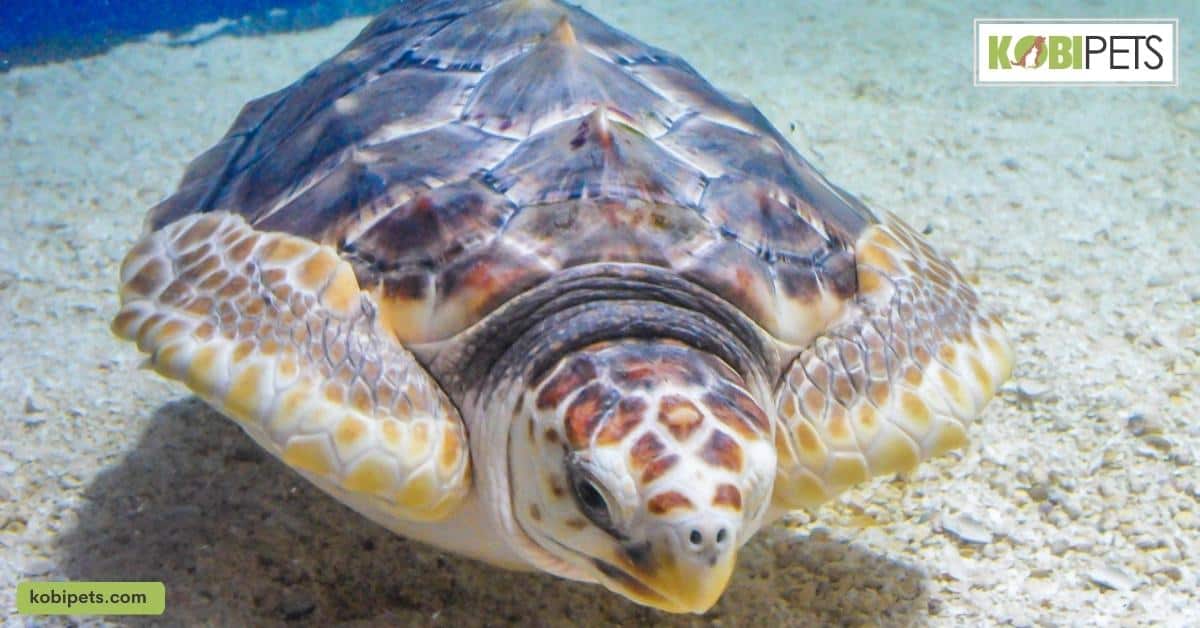
In Conclusion
Keeping pet aquatic turtles requires a certain level of commitment and dedication to ensure their health and happiness. By following the steps outlined in this blog, you can be sure that your pet turtle will have all the necessary care it needs for a long, healthy life.
From setting up the right environment with ample space and UVB lighting to providing a balanced diet and regular veterinary check-ups, there is much to consider when caring for pet aquatic turtles. With proper care and attention, your pet will thank you for its loyalty and companionship for many years to come.






